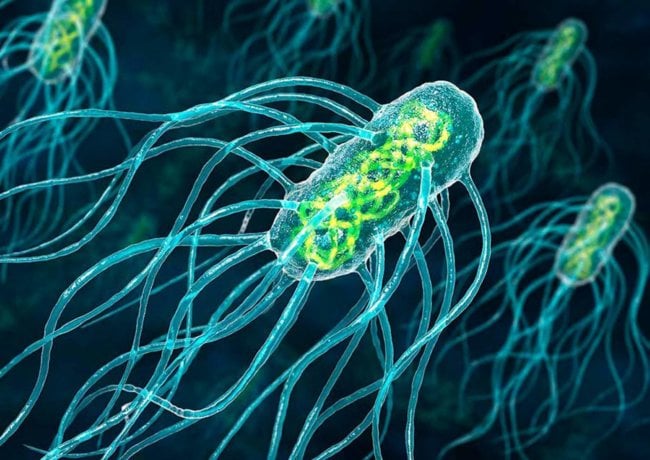
Nanorobots could be very useful for a variety of things: they could conduct operations to explore previously inaccessible places, to diagnose the body and deliver drugs in specific locations of the human body… However, that is capable of microscopic robots from sci-Fi novels, we all know. Known and real possibility. In fact, a modern nanorobots never used due to the lack of decent engines, are able to make micro-bots to move. But recently, scientists drew attention to the bacterial flagella, and then, examining them, suggested an unusual solution to the problem.
The laws of physics nanoscale are very different from ours, so a decrease to the size of the bacteria, people simply would not be able to move in water or other liquid. Bacteria also doing an excellent job using movement their helical flagella. Previously, scientists have tried to copy them, creating a primitive nano-analogues, but they had a number of shortcomings,among which was the high price, poor mobility and fragility of the products.
Now instead of having to create a flagella from scratch, the researchers just grew a colony of bacteria Salmonella typhimurium, and then “mastrigli” with their flagella, which are then coated with silicon oxide and the Nickel is allowed to influence the flagella, using magnetic fields. During testing of the new “motors” able to move not worse than usual, overcoming a second distance, greater than their own length in half.
The researchers believe that their development can help in the development of new areas of medicine and certainly useful in electronics, and while the team of scientists continues to run in the resulting “engines” in the lab. Who knows, maybe they will be able to create nanorobots-killers of cancer cells, or anything else useful?
Bacteria could be turned into nanobots
Vyacheslav Larionov